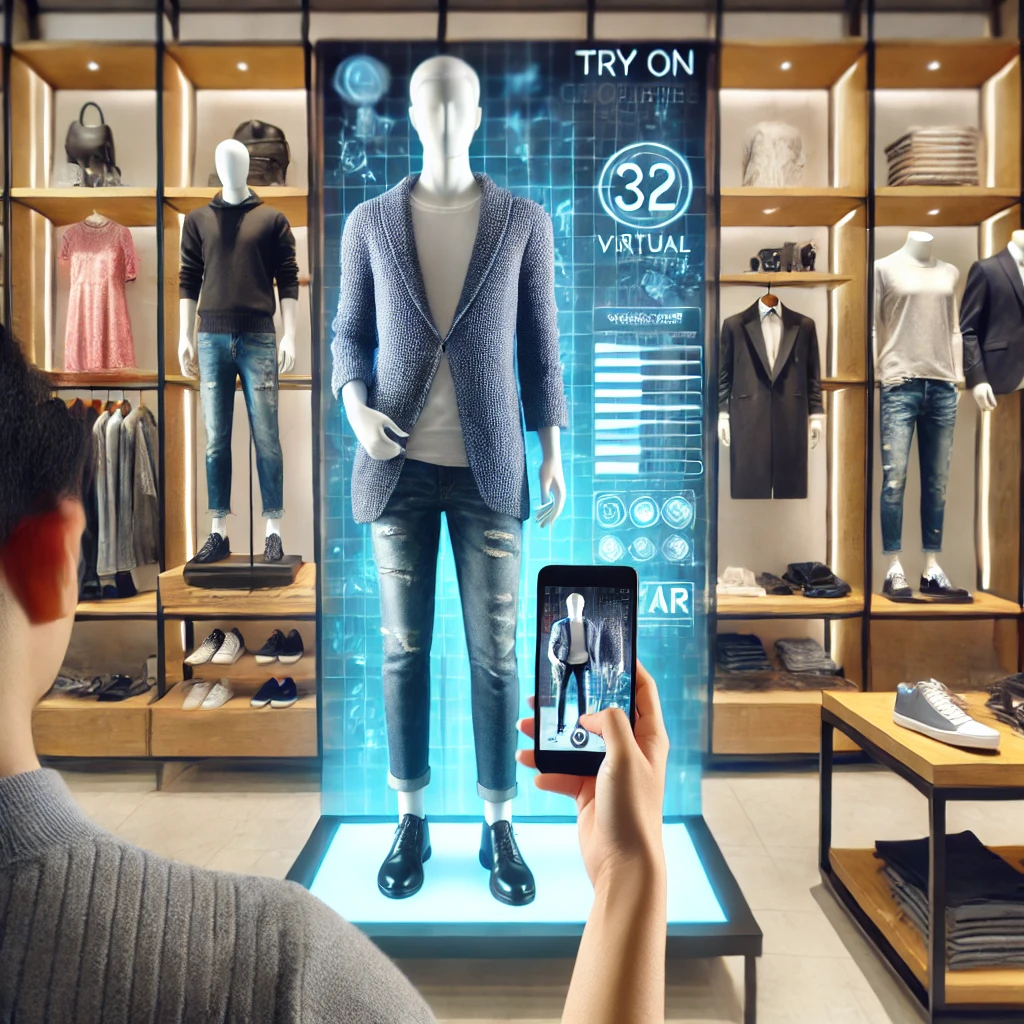Augmented Reality (AR) has become a game-changer in the retail industry, blending digital experiences with physical shopping. This technology offers retailers new ways to engage customers while boosting their local SEO performance. In this article, we’ll explore how AR is changing retail and provide local SEO strategies to help businesses rank higher.
What is Augmented Reality (AR) in Retail?
Augmented Reality allows retailers to project digital elements into the real world. For example, shoppers can use AR apps to try on clothes virtually, visualize furniture in their homes, or get additional product information by scanning items in a store. AR bridges the gap between online and in-store shopping, making it a valuable tool for enhancing the customer experience.
Check out more on the impact of AR technology in the retail world here: Tech Innovations in Retail.
Key Benefits of AR for Retailers
- Boosting Customer Engagement
AR creates an interactive shopping experience, allowing customers to engage with products on a personal level. This immersive approach keeps customers interested longer and increases the likelihood of making a purchase. - Improved Product Visualization
Shoppers can better understand how a product will look or function, whether it’s trying on clothes or seeing how a new couch fits in their living room. This helps customers feel confident about their purchases. - Lower Return Rates
Since customers can “try” products virtually before purchasing, they are less likely to return items. This decreases return rates and saves businesses money on logistics. - Standing Out in a Competitive Market
Retailers that offer AR experiences position themselves as innovative leaders, giving them a competitive edge over businesses that rely on traditional retail methods.
Explore how AR boosts customer satisfaction and sales here: The Future of Retail with AR.
Enhancing the Shopping Experience with AR
AR offers a variety of ways to enhance customer shopping experiences. For instance, fashion retailers use virtual try-on features, allowing customers to see how clothes, shoes, or accessories will look on them. Furniture stores use AR to help customers visualize furniture in their homes.
Other ways AR is reshaping retail include:
- Virtual Fitting Rooms
Customers can try on clothes without physically entering a fitting room, saving time and offering convenience. - Interactive Product Displays
In-store AR displays allow customers to scan products with their phones and see more details like size options, color variations, and reviews.
Read more about how AR is reshaping shopping habits here: AR in Fashion Retail.
Implementing AR for Local Retailers
Local retailers can harness the power of AR to increase foot traffic and sales by creating unique in-store experiences. Here’s how:
- In-Store AR Navigation
Use AR to guide customers around the store, highlighting promotions, featured products, or new arrivals. - Localized Product Information
AR can provide detailed product information, including reviews from other local customers, by scanning products in-store. - Promote AR Features Locally
Market your AR features on social media or through local advertising to draw customers to your physical store.
Check out how local businesses are using AR to drive foot traffic: AR in Local Retail.
Conclusion: The Future of AR in Retail
Augmented Reality is transforming how people shop, making retail experiences more engaging and personalized. By implementing AR technology and optimizing for local SEO, retailers can stay ahead of competitors and attract more customers. As AR continues to evolve, businesses that embrace this technology will see increased customer satisfaction and sales.
For more insights into the future of AR in retail, visit TechRyk: AR in Retail.
